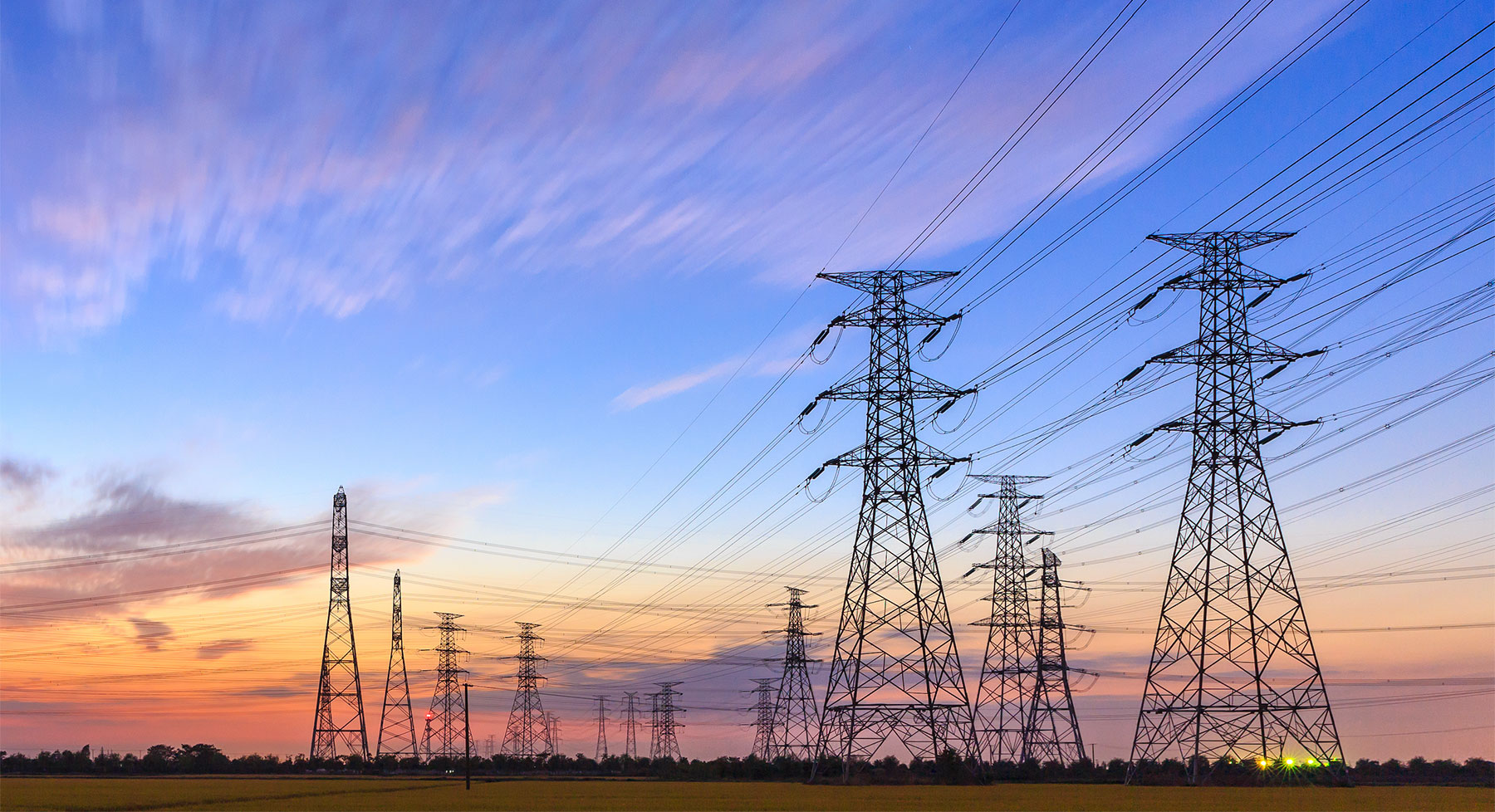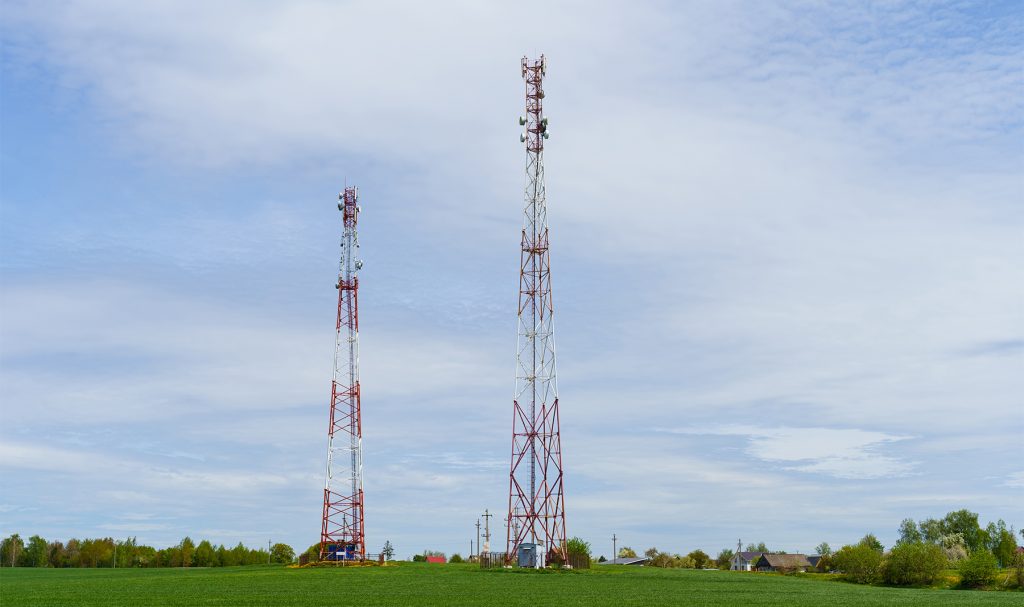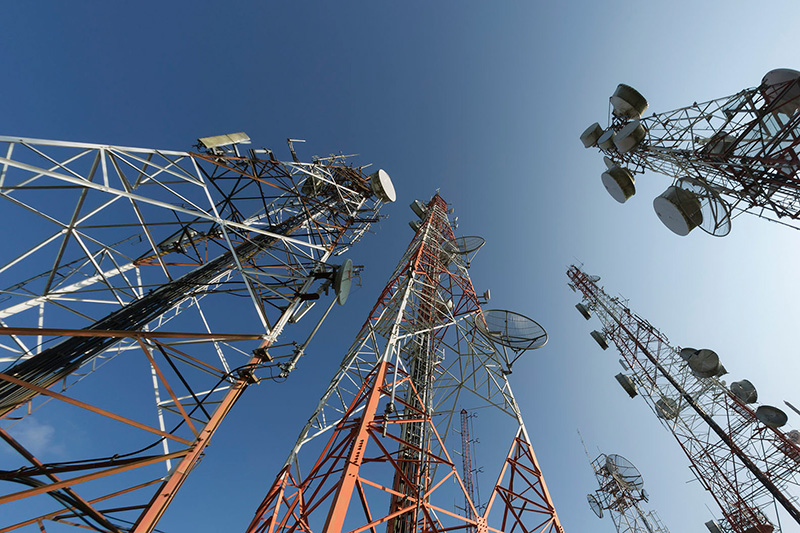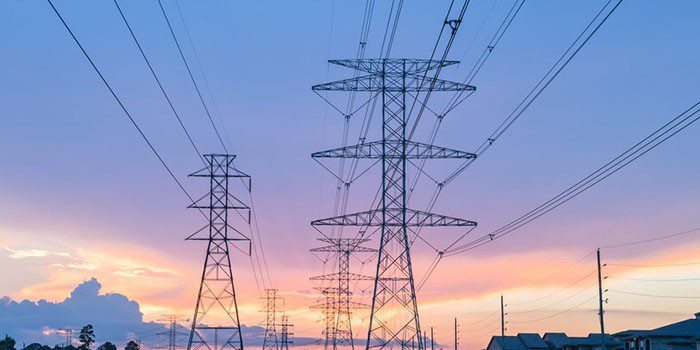Understanding Transmission Tower Voltage: Importance and Considerations
In the realm of power transmission, voltage stands as a fundamental aspect dictating the efficiency and reliability of electrical systems. As the backbone of electricity distribution, transmission towers play a pivotal role in maintaining voltage integrity across vast networks. In this article, we delve into the significance of transmission tower voltage, its implications, and crucial considerations for optimal performance.
The Role of Transmission Tower Voltage
Voltage, simply put, is the pressure that pushes electric charge through a circuit. In the context of power transmission, it represents the force with which electricity is pushed through transmission lines to reach its destination. Transmission towers, often towering structures dotting landscapes, serve as conduits for these high-voltage lines, facilitating the seamless transfer of electricity over long distances.
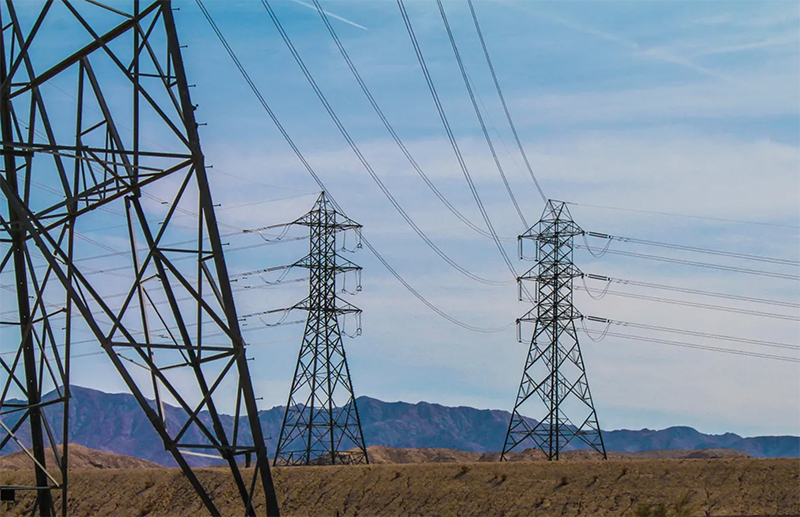
Importance of Voltage in Transmission Towers
Efficient Power Transfer:
Voltage directly impacts the efficiency of power transmission. Higher voltage allows electricity to be transmitted with lower currents. According to Ohm’s law (V = IR), reducing current while keeping voltage constant decreases power loss (P = I²R), where P is power loss, I is current, and R is resistance. Therefore, by utilizing higher voltages, energy can be transmitted over long distances with minimal loss, ensuring that the delivered power closely matches the generated power.
Economic Viability:
Efficient power transmission translates to economic benefits. Reduced energy loss means lower operational costs for utilities and ultimately lower electricity prices for consumers. Moreover, by maximizing the efficiency of power transmission, infrastructure investments can be optimized, leading to cost savings in the long term.
Reliability and Grid Stability:
Maintaining stable voltage levels is crucial for the reliability and stability of the electrical grid. Fluctuations in voltage can lead to power outages, equipment damage, and instability in the grid. Transmission towers, by supporting high-voltage lines and providing the infrastructure for voltage regulation, play a pivotal role in ensuring grid stability and reliable power supply.
Facilitating Renewable Energy Integration:
As the world transitions towards renewable energy sources such as wind and solar, the importance of transmission tower voltage becomes even more pronounced. Renewable energy generation often occurs in remote locations with abundant natural resources, necessitating long-distance transmission to population centers. High-voltage transmission lines supported by transmission towers enable the integration of renewable energy into the grid, helping to mitigate climate change and transition towards a sustainable energy future.
Capacity Expansion and Growth:
Increasing voltage capacity can facilitate the expansion and growth of power transmission networks. Higher voltages allow for the transmission of greater amounts of power, accommodating growing electricity demand and enabling the development of new industrial and residential areas. By providing the necessary infrastructure for voltage optimization, transmission towers support the scalability and resilience of the power grid.
In summary, voltage is a critical factor in the design, operation, and efficiency of transmission towers. By maximizing voltage levels and ensuring stable transmission, these structures contribute to economic prosperity, grid reliability, and the transition towards sustainable energy systems.
Considerations for Transmission Tower Voltage
Design and Construction:
Transmission towers are engineered to withstand the stresses induced by high voltages and environmental factors such as wind, ice, and seismic activity. Robust design and construction are imperative to ensure structural integrity and reliability.
Insulation and Clearance:
Adequate insulation is critical to prevent electrical leakage and ensure safety. Additionally, sufficient clearance between conductors and between conductors and ground or other structures must be maintained to prevent arcing and potential hazards.
Voltage Regulation Devices:
Voltage regulation devices such as tap changers and voltage regulators may be installed at substations or along transmission lines to adjust voltage levels as needed, ensuring optimal performance and grid stability.
Environmental Impact:
Transmission tower voltage must be optimized to minimize environmental impact. Efficient transmission reduces energy loss, contributing to sustainability efforts and reducing carbon emissions.
Conclusion
Transmission tower voltage is a cornerstone of efficient and reliable power transmission infrastructure. Understanding its importance and considering key factors such as design, insulation, regulation, and environmental impact are essential for ensuring the seamless operation of electrical grids. By prioritizing voltage optimization and employing robust engineering practices, we can build resilient transmission systems that power the world sustainably and reliably.
References
1- Energy.gov
2-IEEE


